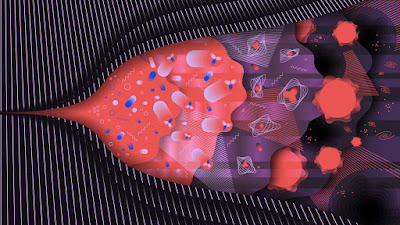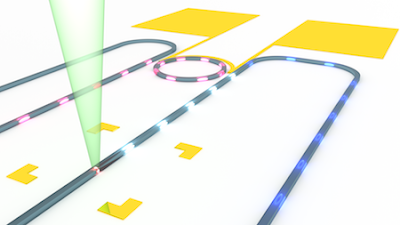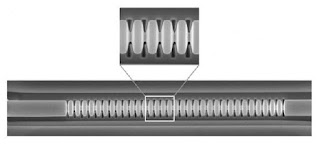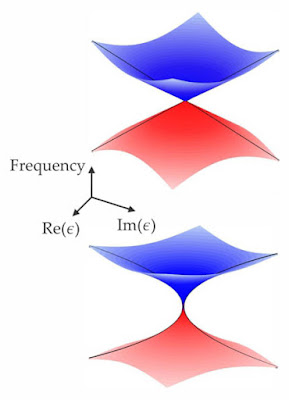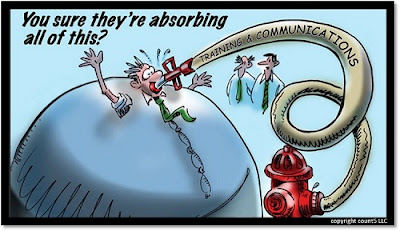The mind space, similar to toothpaste. In the tube it can be squeezed and mangled within the confines of it's container. Remove the cap and out it comes but according to a little coaxing and the now unblocked orifice. The point is managing the next logical outcome. Then envisioning how far you can take that outcome. I've have seen geodesic domes made of Saran Wrap, bubble wrap and Plexiglas but I wouldn't live in any of them. The mind can conceive so much. Practicality is often based on economics and availability even before you get to durability and aesthetics. The famous Frank Lloyd Wright while on the cutting edge of style and grace made an eventually leaky dwelling because the materials available didn't perform as planned (pushed too far). I've seen cargo container home designers give up and coin the industrial/shipyard look as cool, trendy, hip, NOT! Think that's bad try the military look, not to diss the military, after all they did glamorize the one thing that works well, 'camouflage'. In architecture it is called facades. In fashion it is costume and makeup, in culinary it's substitute and seasoning. Look and feel of one thing while having the structure and substance of something else.....but you know how many Naugahydes it takes to simulate deep Corinthian leather? A full 10 gallon pail (that's hat in Texas).
Yes, this is an exercise in design, the next logical assumption. Every step wither back, to the side or to jump ahead leads somewhere. Strip the rippled walls off a cargo container and cover the frame in glass. Double the glass and fill the gap with Styrofoam beads, coat with Ray-ban, electric phase change salts, roll down screens. Curve the glass into a quonset covering. You can seal this or make it slide like a pool cover. Under the quonset the space is open, forget the horse barn and barrack look. I've seen private jets that have near the same shaped space so plush it's like Star Trek. The airship or future blimp has sliding vista windows and roofs, a strolling isle like a fashion show walkway, accommodations, build-ins, no wasted space, and no clutter, an observation deck with a bar, sleeping state rooms. Talk about leisure cruises.
Young folks are living in smaller spaces so they can afford the luxury. It is a mind-space trade off. JUST THINK, take "da lux" off your SUV and outfit your tiny house, haul it with a beater truck and look like stepping off a "Lost in Space" episode before Dr. Smith becomes Mr. Smith, the real one in the Matrix. All Smiths find out, this is why black Smiths live off world, "Nubian I think". Morpheus is one of the Jones boys but "The Rock" is a Johnson like me (no relation and yet I wonder).


